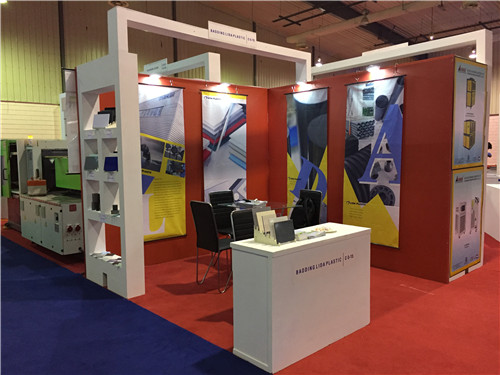Oct . 03, 2024 19:16 Back to list
drain pipe fittings
Understanding Drain Pipe Fittings A Comprehensive Overview
Drain pipe fittings play a crucial role in plumbing systems, ensuring efficient wastewater management in residential and commercial settings. These fittings come in various shapes and sizes, each designed for specific functions. Understanding the different types of drain pipe fittings and their applications is essential for both DIY enthusiasts and professional plumbers.
Types of Drain Pipe Fittings
1. Elbows An elbow fitting allows pipes to change direction. They are available in various angles, typically 90-degree or 45-degree, enabling seamless transitions in plumbing lines. These are particularly useful in tight spaces where pipes need to maneuver around obstacles.
2. Tee Fittings Tee fittings are designed to connect three pipes at a junction. They enable the continuation of pipe flow while also allowing for side connections. This makes them ideal for branching off a main drainage line.
3. Couplings Couplings are used to connect two pieces of pipe together, ensuring a secure and leak-free joint. They come in different sizes and materials, providing versatility depending on the type of drain pipe being used.
4. Plugs and Caps Plugs and caps are used to seal the ends of pipes or fittings. Plugs typically close off a fitting while caps cover the end of a pipe. These fittings are crucial for preventing leaks and maintaining pressure within the system.
drain pipe fittings

5. Reducers Reducers allow for a seamless transition between pipes of different diameters. They are especially beneficial in drainage systems where the size of the pipe needs to change due to design or flow requirements.
Material Considerations
Drain pipe fittings are commonly made from materials such as PVC, ABS, metal, or cast iron. Each material has its advantages and disadvantages, making it essential to choose the right one based on factors like durability, cost, and the specific application. PVC and ABS are popular for residential plumbing due to their lightweight nature and resistance to corrosion.
Installation Tips
When installing drain pipe fittings, proper alignment and secure connections are critical to prevent leaks and ensure efficient drainage. It’s advisable to use appropriate adhesives or sealants for a watertight fit. Regular maintenance and inspection of drain fittings can help identify potential issues before they escalate, prolonging the lifespan of the plumbing system.
Conclusion
In summary, drain pipe fittings are integral components of any plumbing system. By understanding the various types of fittings available and their specific applications, homeowners and plumbers alike can ensure effective and reliable drainage solutions. Whether you're planning a DIY project or hiring a professional, knowledge of drain pipe fittings will contribute to a successful plumbing installation.
-
Durable PP Rigid Sheet: Versatile & High-Quality Plastic Panels
NewsAug.08,2025
-
Premium Glossy PP Rigid Sheet – Durable & Versatile
NewsAug.07,2025
-
High-Quality HDPE Sheet | Durable Plastic Panels
NewsAug.06,2025
-
High-Precision PVC Rigid Sheets for Vacuum Forming | AI-Optimized
NewsAug.05,2025
-
Durable PVC-M Water Supply Pipes | 60-Year Life
NewsAug.04,2025
-
Premium HDPE Water Supply Pipes: Durable & Leak-Proof
NewsAug.03,2025

